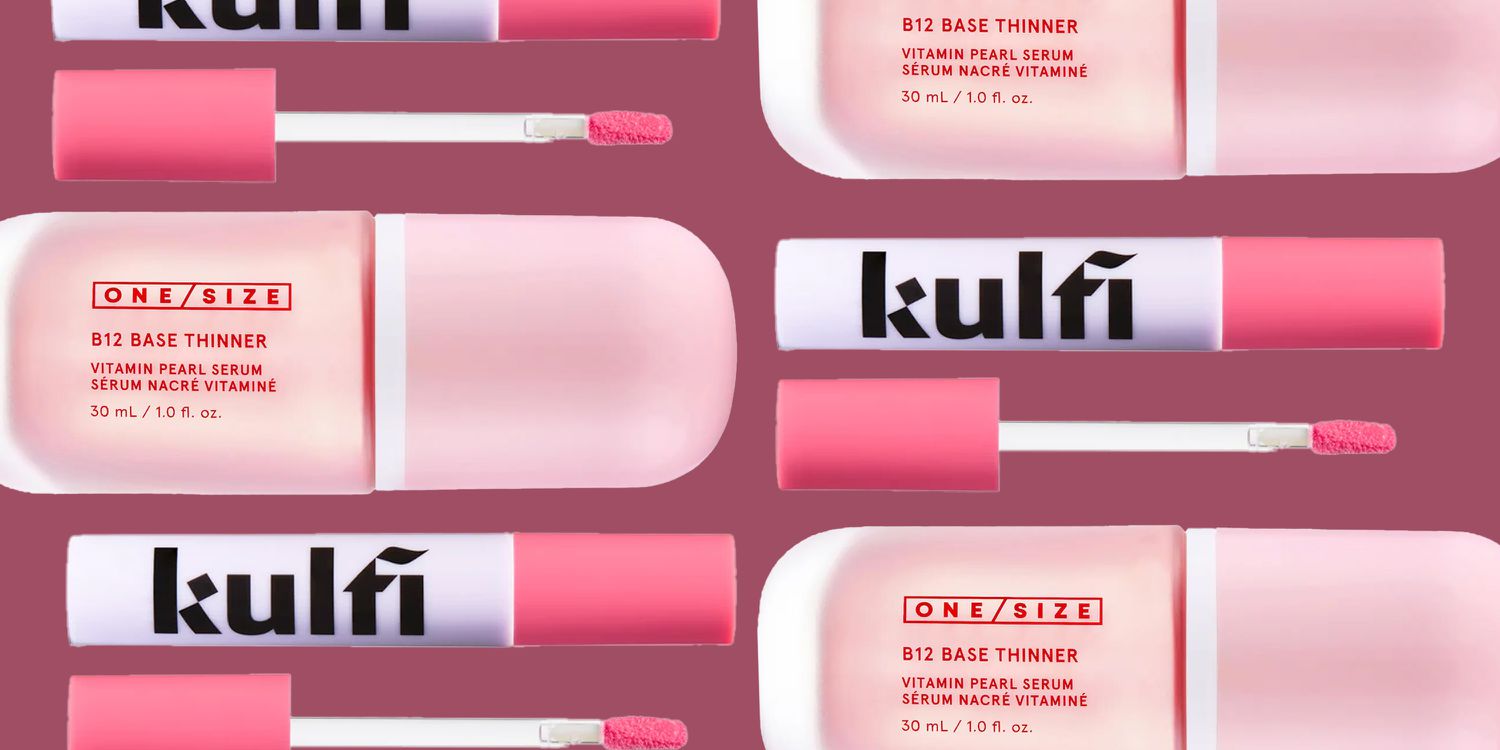How to Use the Triple Sheet Method for a Flawlessly Made Bed
:max_bytes(150000):strip_icc():format(jpeg)/GettyImages-1401072675-41389264ebc842f3916919af8490cde1.jpg)
The idea of using a duvet is appealing because, unlike comforters, most duvet covers can be easily slid off the insert and cleaned in standard-sized washers. Putting the cover back on, however? Well, this task often requires time, patience, and a bit of physical exertion.
Luckily, there is a way to have the best of both worlds: Ditch the duvet cover and instead, use the triple sheet method when making your bed. Many hotels use the technique, so you’ve most likely seen it during a stay—even if you didn’t realize it. We’re breaking down the triple sheet method for you so you can decide whether or not it’s worth giving it a go in your home.
What Is the Triple Sheet Method?
The triple sheet method is an approach to bed making that employs three sheets instead of the traditional two. It also includes a duvet insert or a lightweight comforter, but eliminates the need for a frustrating duvet cover. The technique is often used in the hospitality industry for a few reasons. Logistically, it makes turning over rooms between guests a quicker process. Aesthetically, it makes the beds look neat and inviting. Trying the triple sheet method out in your bedroom will get you the same benefits (plus more!), but there are also some drawbacks to consider.
How to Decide If the Triple Sheet Method Is Right for You
Before deciding if the technique is right for your bed, weigh the following factors. Note that if you’re still on the fence, there’s no harm in testing it out using the tutorial below. You can always revert back to your original routine if it doesn’t suit your sleep style!
Pros of Using This Method
- Washing sheets, as opposed to comforters or duvet covers, is much less time-consuming and costly. So, you can rest assured that you’re sleeping in consistently clean bedding, as the sheet layers are what touch your skin as you sleep.
- The crisp corners and smooth top the method produces will give your bed a luxe, hotel-style look.
- You can adapt it for any season by swapping out the duvet insert or comforter sandwiched between the sheets. For example, you can use a heavier blanket in the winter or a featherweight insert in the summer.
Cons of Using This Method
- You’ll need an additional top sheet for each bed, with which you try the triple sheet method. If you don’t currently have enough in the linen closet, this means buying (and finding room to store) an extra set of sheets per bed.
- If you’re accustomed to the coziness of a plush comforter while you sleep, it might take some adjusting if you switch to this approach. Aside from the feel of it, it will also make your bed look more streamlined and less cloud-like.
- Speaking of adapting, until you get comfortable with the technique, the two flat sheets can unravel (especially if you move around a lot in your sleep!), which can defeat the purpose of going no contact with the inner blanket.
How to Make a Bed with the Triple Sheet Method
Mastering a triple-sheeted bed might seem daunting, but with a bit of practice, you’ll have it down in no time. And you’ll likely find it’s considerably less taxing than putting the duvet cover back on each time you wash it. Follow these step-by-step instructions to achieve the triple sheet method with ease. To begin, you’ll need:
- One fitted sheet
- Two flat sheets (making sure they are the same size)
- One comforter or duvet insert
For an optional decorative touch, consider a runner to place at the end of the bed so you can channel the elegant hotel look and feel.
Step 1: Prepare the Base
Add the fitted sheet to your mattress as usual. Pull the corners taut so it’s as smooth as possible, creating the foundation for the overall appearance.
Step 2: Add the First Flat Sheet
As you place the flat sheet on the bed, make sure the finished side faces down. Starting from the foot of the bed and working your way up the sides, tuck the edges of the sheet under the mattress. If you’re already familiar with making hospital corners, use them with this method for an even sharper-looking bed.
Step 3: Layer the Blanket Insert
Next, position your blanket of choice on top of the flat sheet. A duvet insert without the cover works just fine, as it won’t be visible. Ensure it’s centered so there is an even overhang on all sides. Smooth it out to prevent bunching.
Step 4: Finish with the Second Flat Sheet
Unlike the first one, keep the finished hem facing up when you lay this sheet onto your blanket. Check that the tops of the first flat sheet, the blanket, and this one are all aligned. Then, fold the tops of both sheets over the blanket, securing it between them. You’ll know you’ve done it right when you can’t see the insert.
Step 5: Smooth Everything Out
Tuck all sides of the blanket and the top (third) sheet under the mattress (again, employ hospital corners to maximize the effect). Smooth out the top and sides before adding decorative pillows or a runner to complete your bed transformation.










